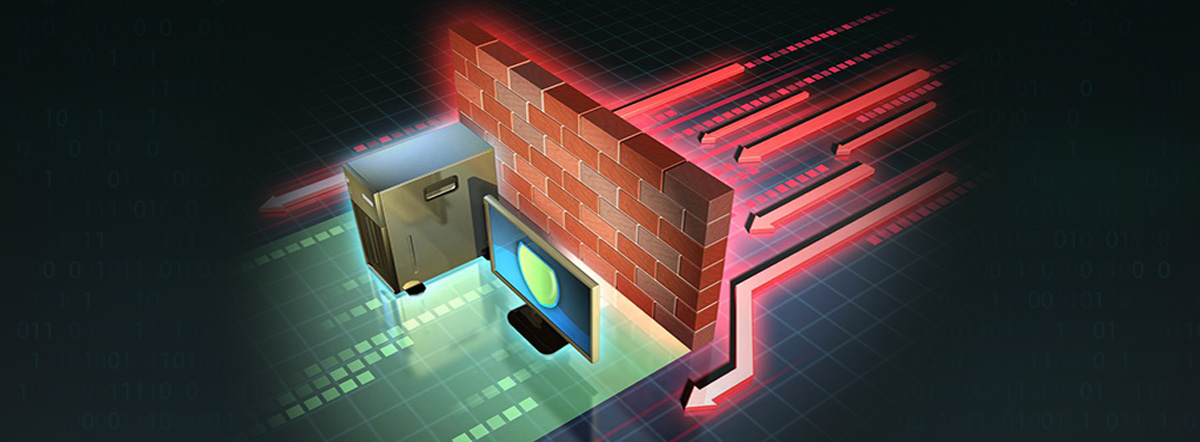
|
Getting your Trinity Audio player ready...
|
When it comes to safeguarding your organization's network, firewalls or a next-generation firewall (NGFW) play a crucial role as the first line of defense against cyber threats. However, sizing a firewall solely based on the number of users is a common mistake that can lead to inadequate protection and potential security vulnerabilities..
Understanding the Limitations of User Count
While the number of users on your network is undoubtedly an important factor, it does not provide a complete picture of your organization's security needs. User count alone fails to consider various critical aspects that influence the volume and types of traffic traversing the firewall. For instance:
Comprehensive Firewall Sizing Factors
In this article, we'll explore why user count alone wouldn’t suffice for firewall sizing, and here are the critical factors or parameters you should to ensure your firewall is appropriately sized.
Ports serve as interfaces through which network devices and services connect to the firewall. Different types of ports support specific functions and protocols, and the availability of the right ports is vital for accommodating various network connections and services. Some important considerations related to the type and number of ports include:
Moreover, consider the potential need for expansion in the future. If your organization expects to add more network devices or connect to additional external networks, selecting a firewall with available expansion slots or modular port options can provide flexibility and scalability.
By carefully evaluating the type and number of ports on the firewall, you can ensure seamless connectivity and optimal network security, allowing your organization to efficiently handle diverse networking needs.
Want to know how our solutions can help your business?

Best Infrastructure Partner of the year 2021

SME Channels Super Hero Award - 2021

ISV Infra Champion 2021 Award

Channel World Premier 100 Honoree 2021

Best Infrastructure Partner of the year 2020

ITPV Premier Partner Leadership Award 2020

ITPV Business Leader Award 2020

Covid-19 Superhero Partner Award 2020

Best Infrastructure Partner of the year 2019

Channel World Premier 100 Hall of Fame 2019

Channel World Premier 100 Honoree 2019

ITPV Business Leader Award 2019
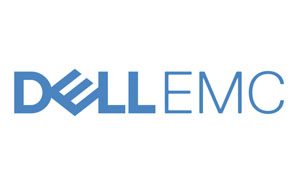
Magellan Anchor Award for the year 2018 - Platinum Partner with Highest Growth in Revenue

Enterprise Business Partner 2018-19

SME Channel Award 2018

SME Channel Award 2017

Channel World Premier 100 Honoree 2018

Most Consistent Business Partner for the year 2017

Channel World Premier 100 Honoree 2017

Emerging Business Partner 2016-2017

Top-50 Channel Partners of INDIA by SME Channels

Premier 100 – 2016 by Channel world
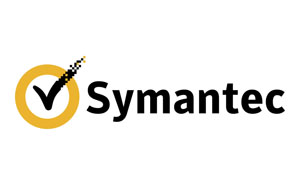
Symantec - Emerging Partner 2014

Top Solution Provider (Server & Storage) of INDIA for 2014 by CRN Excellence

Top 10 SME Solution Provider 2011-2012 by SME Channels
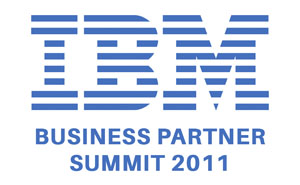
IBM GAME Changer (Best SI Partner) for 2010-2011 – Southern Region (Non Metro)
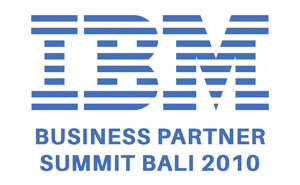
Best Mid – Market Partner – Southern Region 2009-2010
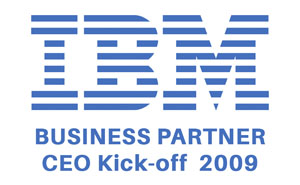
Best Performing Partner South East System X 2008
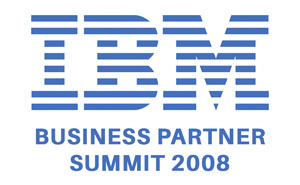
Best Upcountry Partner 2007-2008 Southern Region
Copyright © 2024 Gowra Bits & Bytes Pvt.Ltd. All Rights Reserved. | Privacy Policy | Terms & Conditions
